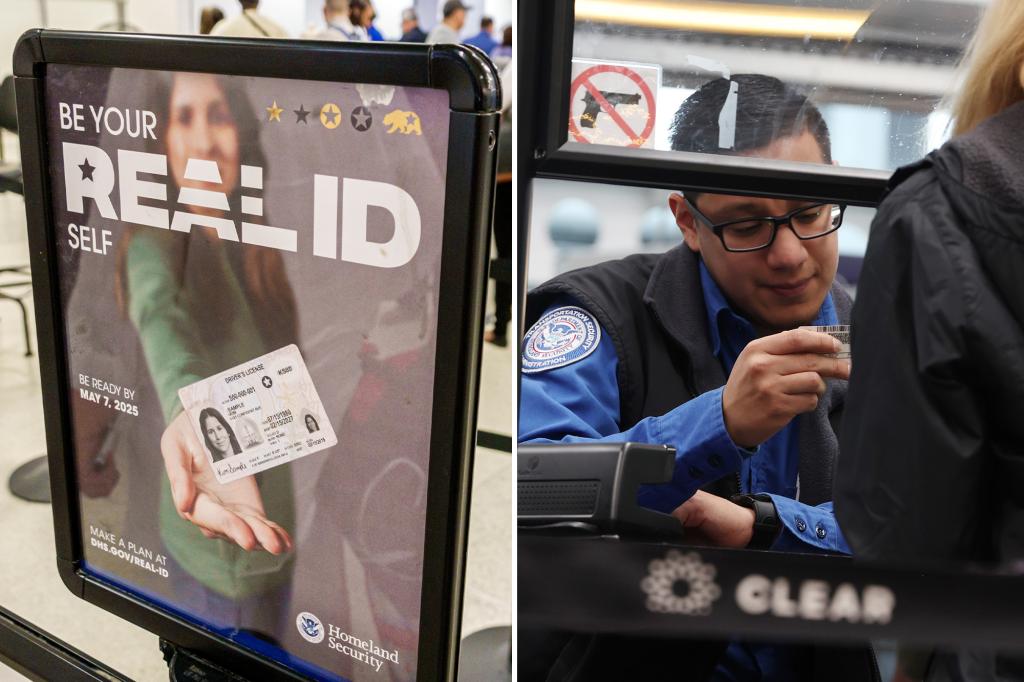The REAL ID Challenge: What Airline Travelers Must Know Before the Deadline
Millions of Americans could face travel disruptions as the May 7, 2025 deadline for REAL ID compliance approaches. The 2005 security law requires all air travelers to present enhanced identification at TSA checkpoints, yet an estimated 100 million citizens still lack compliant documents. This article examines the looming logistical challenges, state-by-state implementation hurdles, and practical steps travelers can take to avoid being grounded.
Why the REAL ID Deadline Matters Now
Originally passed after 9/11 to standardize identification security, the REAL ID Act’s enforcement has been delayed four times since 2008. The Department of Homeland Security reports only 52% of state-issued IDs currently meet requirements. “We’re seeing a perfect storm of pandemic backlogs, staffing shortages at DMVs, and public unawareness,” says TSA spokesperson Lisa Farbstein. “Last month alone, we turned away 15,000 travelers at major airports for non-compliant IDs.”
Key statistics reveal the scale of the challenge:
- 27 states still have compliance rates below 60%
- Average wait times at DMVs have increased 47% since 2022
- 43% of travelers mistakenly believe their current driver’s license qualifies
The REAL ID requires specific documentation that many Americans may not have readily available. Applicants must present:
- Proof of identity (birth certificate or passport)
- Social Security verification (card or W-2)
- Two proofs of residency (utility bills, mortgage statements)
“The paperwork burden disproportionately affects vulnerable populations,” notes civil rights attorney David Heyman. “Elderly citizens, low-income individuals, and those experiencing homelessness often lack these documents.” Some states like California and New York have implemented mobile verification units to address accessibility gaps.
State-by-State REAL ID Rollout Challenges
Implementation varies widely across jurisdictions. While states like Arizona and Maryland achieved 80% compliance by 2022, others face significant hurdles:
Backlogs and Bottlenecks
In Texas, DMV appointments currently book 12 weeks out. “We’re processing 50,000 REAL IDs daily but still can’t meet demand,” admits Texas DPS Director Steven McCraw. The state has extended operating hours and added temporary offices near major airports.
Meanwhile, Hawaii’s unique documentation requirements (many residents lack traditional birth certificates) have created special complications. The state legislature recently approved $2.3 million for outreach programs targeting rural communities.
Alternative Options for Travelers
For those unable to obtain a REAL ID before the deadline, several alternatives exist:
- U.S. Passport: Valid for all domestic air travel
- TSA-Approved Alternatives: Global Entry cards, military IDs, permanent resident cards
- Emergency Protocols: Some airports allow document verification with additional screening
However, aviation expert John Grant warns: “While alternatives exist, relying on them creates friction. Passport processing times currently exceed 10-13 weeks, and emergency verification can add 45 minutes to checkpoint times.”
Proactive Steps for Stress-Free Travel
To avoid last-minute scrambles, travelers should:
- Check their current license for the star marking indicating compliance
- Gather required documents using state-specific checklists
- Schedule DMV appointments during off-peak periods
- Consider applying for a passport as backup
The Travel Industry Association recommends completing the process by January 2025 to account for processing delays. “This isn’t Y2K – the deadline won’t move again,” emphasizes DHS Secretary Alejandro Mayorkas in recent congressional testimony.
The Ripple Effects on Air Travel
Airlines brace for potential disruptions as the deadline nears. Delta Air Lines has added REAL ID information to its booking confirmations, while United trains gate agents to spot non-compliant IDs earlier in the travel process. Airports Council International projects 5-7% more missed flights in the deadline’s immediate aftermath.
Looking ahead, the REAL ID rollout may foreshadow future travel requirements. Biometric screening and digital IDs already show promise for streamlining processes. For now, travelers who act decisively can ensure they remain cleared for takeoff in America’s new security landscape.
Next Steps: Verify your REAL ID status and locate document requirements at your state DMV website. Consider sharing this information with frequent travelers in your network to prevent unnecessary disruptions.
See more BBC Travel World



